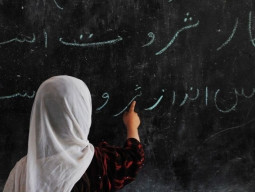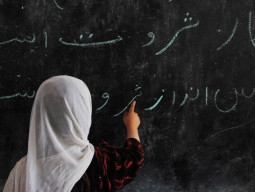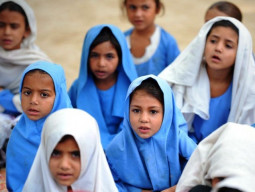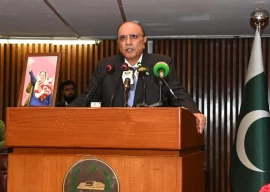
During the last decade or so, governments in Pakistan have worked consistently towards addressing the growing demand for education in the country. Resultantly, there have been considerable efforts in terms of improving school facilities and infrastructure, increasing budgetary allocations and investing in the recruitment and training of new teachers.
These efforts certainly merit recognition and due acknowledgement. However, at the same time there still exists substantial challenges vis-à-vis Pakistan’s ability to achieve satisfactory education indicators. This demands analysing the unique context of each province, taking stock of the achievements already made and strategising to build on to those achievements to successfully march ahead.
This is especially important given the fact that at 22.8 million, Pakistan currently has the second-largest population of out-of-school children in the world. This revelation alone points at the magnitude of Pakistan’s education crises and the urgency with which the state must respond to overcome the challenge.
While there are a number of positives — including rapid infrastructural development, upgradation of existing schools to accommodate children beyond primary level as well as greater budgetary allocation for and consequent spending on education — the truth is that Pakistan’s education woes cannot be addressed unless there is a concerted effort to bring the country’s out-of-school girls into the realm. This is especially true since almost 53% of all the out-of-school children in Pakistan are girls.
It is worth pointing out here that apart from the obvious economic benefits, investing in girls’ education has proven to create safer and healthier societies. For instance, according to the World Bank’s Missed Opportunities: The Cost of Not Educating Girls report, doubling the percentage of students finishing secondary school reduces the risk of conflict by half. At the same time, investing in girls’ education is one of the most cost-effective strategies currently known to tackle climate change.
According to the same report, just one additional year of education for girls decreases the infant mortality rate of a country by up to 10%; and if all the girls complete their secondary level education, child deaths would reduce by 49%. At the same time, women with a secondary school education are likely to earn almost twice as much as those with no education at all.
Given these statistics and their immense relevance to Pakistan’s existing context, there is an urgent need for the government to ensure that not only does it have a comprehensive strategy to tackle the country’s education crises but is also mindful of the need to make girls’ access to quality education a reality.
In the same realm, Pakistan’s education sector is also critically under-resourced. The 2017 National Education Plan recognised the low levels of investment in public education and had set a target to allocate 4% of the GDP and 25% of the national budget for education. However, to date just 2.7% of the GDP is allocated to education with no specific planning to enroll the out-of-school girl-children.
It is, thus, imperative for the government — as a first step — to live up to its commitment of allocating 4-6% of the GDP for education so that there are sufficient resources to create new schools, upgrade the existing ones and invest in the recruitment and training of new teachers. This should then be closely followed by the creation of a girls’ education task force to address the low rate of girls’ participation at the secondary level and oversee new strategies — including an investment plan for new girls’ middle and secondary schools. Finally, the federal and provincial ministers for education must work as one force to ensure that each province receives the technical assistance and funds that it requires to ensure at least 12 years of education for every Pakistani child.
Published in The Express Tribune, December 6th, 2018.
Like Opinion & Editorial on Facebook, follow @ETOpEd on Twitter to receive all updates on all our daily pieces.






















































COMMENTS (1)
Comments are moderated and generally will be posted if they are on-topic and not abusive.
For more information, please see our Comments FAQ